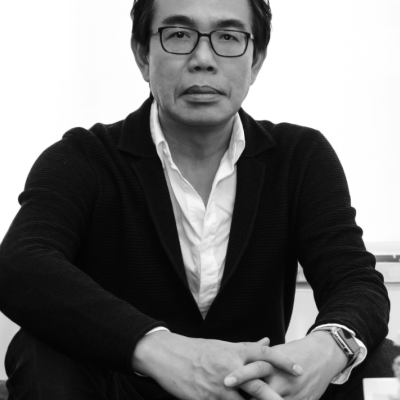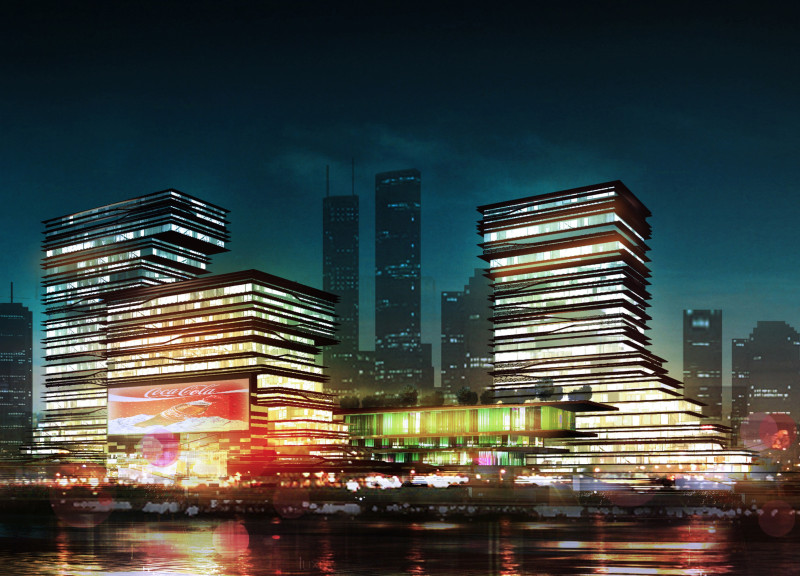5 key facts about this project
At its core, this project symbolizes a commitment to sustainable architecture, blending ecological considerations with sophisticated design. The structure employs a series of well-considered elements that prioritize natural light, ventilation, and thermal efficiency. These elements are not merely additions but integral parts of the design strategy that enhance the overall user experience. The careful orientation of the building allows for optimal sunlight during the day, creating a warm and inviting interior, while expansive windows frame views of the surrounding landscape, connecting users to the outside world.
The function of the project plays a significant role in informing its design decisions. The layout is carefully organized to accommodate a variety of activities, ensuring that each space serves a unique purpose while contributing to a cohesive whole. Common areas are designed to promote interaction, fostering a sense of community among users. In contrast, private spaces incorporate elements of acoustic privacy, allowing for individual reflection and contemplation. This balance between public and private realms showcases a nuanced understanding of human behavior and the need for social connectivity.
In terms of materiality, the project adopts a diverse palette that reflects both local traditions and modern innovations. Key materials utilized include reclaimed wood, which offers warmth and texture, and sustainable concrete, selected for its durability and low environmental impact. The incorporation of steel elements adds structural integrity while allowing for expansive open spaces that maintain flexibility in the interior layout. This thoughtful choice of materials not only enhances the building’s aesthetic appeal but also echoes a broader commitment to sustainability, as many of these materials are sourced locally or recycled.
Unique design approaches emerge in the project’s roof structure, where a series of green terraces are strategically integrated. These terraces not only contribute to the building's energy efficiency by providing natural insulation but also serve as communal spaces for relaxation and interaction. The landscaped roofs allow for biodiversity, attracting local fauna and contributing positively to the ecosystem. This innovative feature also encourages users to engage with nature, promoting wellness and an appreciation for the environment.
The architectural details are meticulously designed, from the subtle curvature of the facade that softens the overall appearance to the bespoke furnishings that complement the interior spaces. Each detail contributes to the sensory experience of the building, enhancing its overall functionality while pleasing the eye. Lighting is integrated as a design feature rather than an afterthought, with fixtures carefully positioned to highlight architectural features and create dynamic patterns of light and shadow throughout the day.
Overall, this project exemplifies a profound understanding of contemporary architectural principles. By prioritizing sustainable practices, demonstrating a commitment to community, and using a thoughtfully curated selection of materials, the design stands as a model for future projects. It invites further exploration and engagement with architectural plans, sections, designs, and ideas, encouraging a deeper understanding of the opportunities that modern architecture can offer. For those interested in sustainable and functional design, a detailed presentation of this project is available for review.


 Paul Bo Peng
Paul Bo Peng 




















